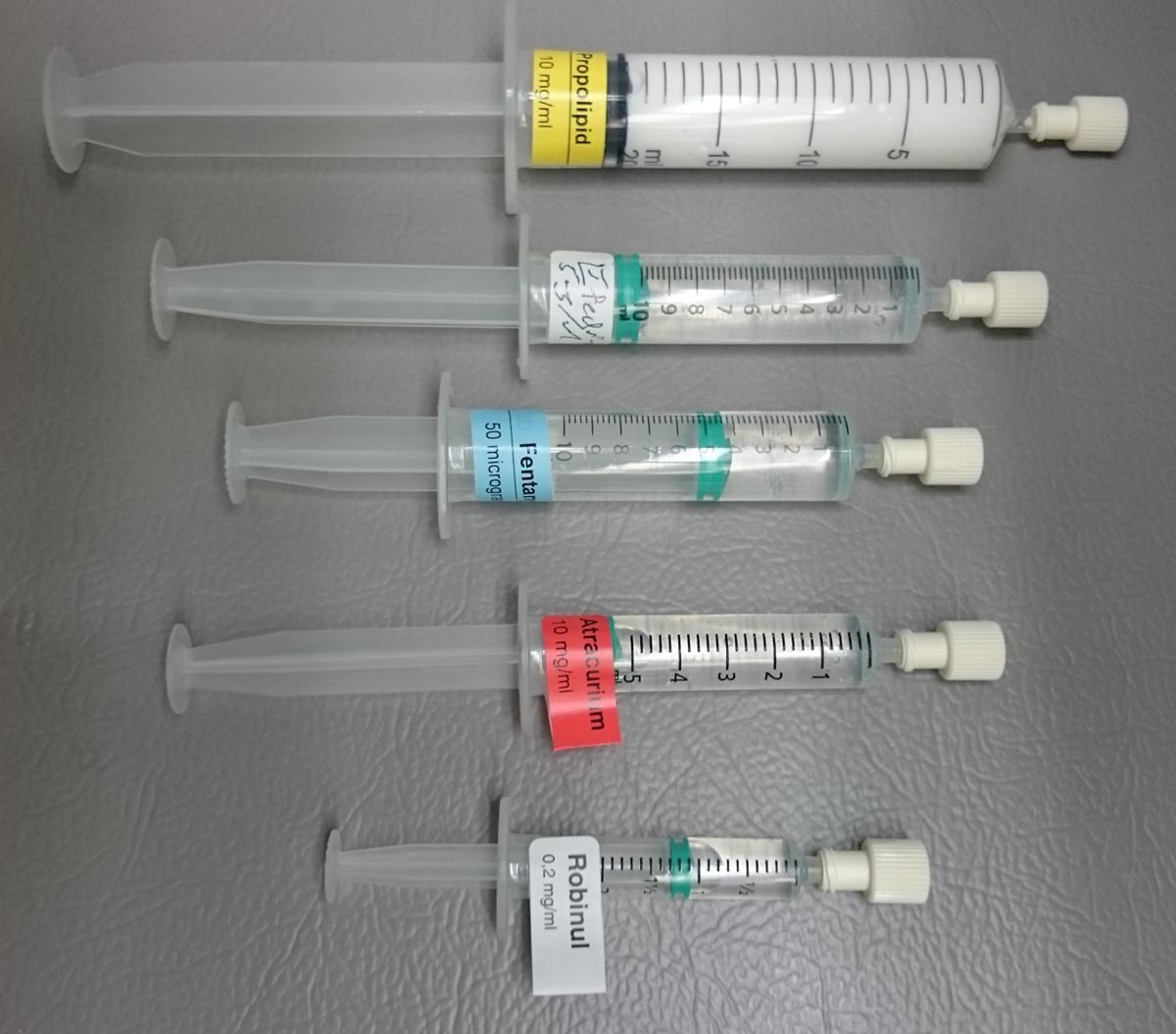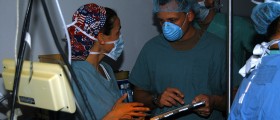
The very first anesthesia in history was herbal remedy and was administered in time of prehistory. Some data record mentioned the opium capsule in 4200 BC, while the same data mentioned opium poppies farmed in Sumerian at the same time as some other ancient empires mention their own records about it. The use of opium preparations in anesthesia was mentioned in the Embers Papyrus from 1500 BC.
By 1100 BC opium poppies were used in Cyprus by methods similar to those today, through apparatus for smoking of opium is similar to those in Minoan Temples, then in India and China in 330 BC and 600–1200 AD, although those nations used more cannabis incense. In 3rd century B.C Indian text argued about use of wine with cannabis for anesthesia.
All anesthesias have some degree of risk, and most side effects of anesthesia are not too common. The risks involved here depend of patient’s health and (what) anesthesia is used. In case of oversensitivity, local anesthesia in proper dosage would be perfectly safe.
However, higher dosage of local anesthetics may include toxic effects, because anesthesia gets to be absorbed via bloodstream, aka systemic toxicity. A certain level of toxicity may be bad for blood pressure, heartbeat, breathing, maybe some other bodyfunctions.
There is also a regional anesthesia that gets injected nearby group of nerves or near spinal cord. Damage of nerves may cause weakness, pain or simple a numbing sensation. Regional anesthesia includes spinal anesthesia, regional nerve blocks and epidural. The general risk of regional anesthesia is risk of systemic toxicity, because the anesthetic gets to be adsorbed through bloodstream. The complications of regional anesthesia are:
swellingproblems with lungSpinal anesthesia however, enters the cerebrospinal fluid, around the spinal cord. The complication here involves a headache because of the fluid leak. And blood patch treat spinal headache. It is amount of blood (that belongs to patient) that gets to be injected to fill empty space where the leak occurs and enhance pressure in spinal cord.
Also, there is a general anesthesia and is perfectly safe for people who are healthy in general and in most cases side effects are really minor. General anesthesia pushes reflexes of throat, stops aspiration and numbs gagging, swallowing, coughing etc...
In case of complications due to general anesthesia, insertion of airways may lead to higher blood pressure, or a higher heart rate, also sore throat, swelling in the larynx, irritation of the larynx, damage of teeth or lips etc. Other general anesthesia risks may be changes in blood pressure or heart rate and may evoke heartattack.
All kind of anesthetic medicines can evoke minor abnormal reactions or allergic reactions; this is why the consultation with surgeon before the operation is very important.
There is one very dangerous condition that may be caused by general anesthesia. It is called malignant hyperthermia (MH), the muscle relaxant succinylcholine, by very powerful anesthetics for inhalation.
You may need to check information listed at site of Malignant Hyperthermia Association of the United States (MHAUS) and inform yourself about potential risk.

















Your thoughts on this
Loading...